Our new quantum chip demonstrates error correction and performance that paves the way to a useful, large-scale quantum computer.


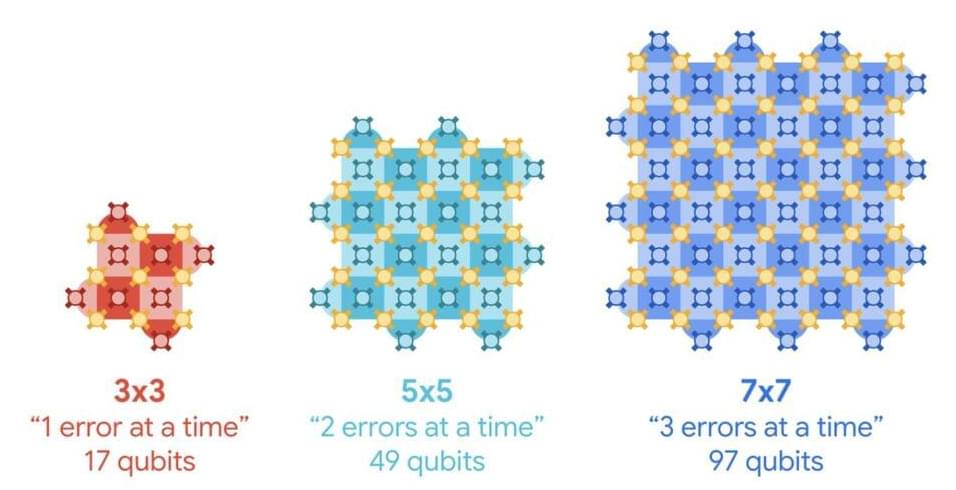
Google Quantum AI announced that it is moving past the Sycamore era and taking another leap down its roadmap with the introduction of the 105-qubit Willow, a new quantum chip that has achieved a milestone in computational power and error correction, marking a major step toward large-scale, commercially viable quantum computing.
The team, which published their findings in Nature, is also eyeing a quantum device that overcomes the limitations of errors and offers real-world solutions to tough problems, the ultimate destination as they progress along their roadmap.
“The mission of the Google quantum AI team is to build quantum computing for otherwise unsolvable problems,” said Hartmut Neven, a vice president of engineering at Google and founder and manager of the Quantum Artificial Intelligence lab, at a recent roundtable about the new milestone.” So what problems do we have in mind? The first applications will be modeling and understanding systems where quantum effects are important. So that’s the case for common drug discovery, understanding and designing nuclear fusion reactors, bringing down the enormous energy costs of fertilizer production. But it then extends to multiple other areas, such as quantum machine learning.”
I have my own introduction to quantum mechanics course that you can check out on Brilliant! First 30 days are free and 20% off the annual premium subscription when you use our link ➜ https://brilliant.org/sabine.
“New physics” is a catch-all term for fundamentally new discoveries in physics (such as dark matter, quantum gravity, or a theory of everything) which push the boundaries of how we understand our reality. How could new discoveries in these areas of research affect our lives? Let’s take a look at what knowledge and practical use we could potentially gain.
🤓 Check out my new quiz app ➜ http://quizwithit.com/
💌 Support me on Donorbox ➜ https://donorbox.org/swtg.
📝 Transcripts and written news on Substack ➜ https://sciencewtg.substack.com/
👉 Transcript with links to references on Patreon ➜ / sabine.
📩 Free weekly science newsletter ➜ https://sabinehossenfelder.com/newsle…
👂 Audio only podcast ➜ https://open.spotify.com/show/0MkNfXl…
🔗 Join this channel to get access to perks ➜
/ @sabinehossenfelder.
🖼️ On instagram ➜ / sciencewtg.
#science #physics
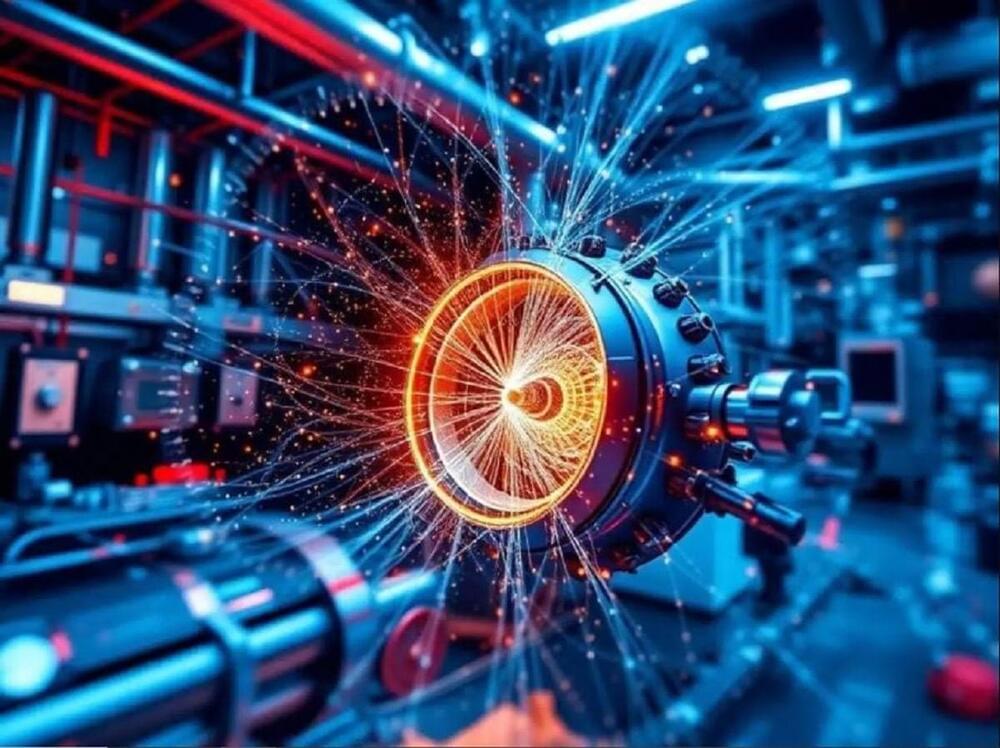
In a groundbreaking development, researchers at the Large Hadron Collider (LHC), the world’s largest and most powerful particle accelerator, have made a remarkable leap in understanding the fundamental forces of nature. For the first time, they have observed quantum entanglement between top quarks—the heaviest elementary particles—at unprecedented energy levels. This discovery not only pushes the boundaries of particle physics but also opens the door to new possibilities in the quest to understand the universe.
At the heart of this discovery is quantum entanglement, one of the most puzzling and fascinating phenomena in the realm of quantum mechanics. Entanglement occurs when two or more particles become linked in such a way that the state of one particle instantaneously influences the state of another, regardless of the distance between them. This defies our classical understanding of the world, where objects should only interact when they are physically close to one another.
Imagine you have two particles, each spinning in a specific direction. Normally, if one particle changes its state, the other should remain unaffected. But with quantum entanglement, a change in the spin or state of one particle immediately alters the other, even if they are light-years apart. It’s as if the particles are communicating across vast distances without any delay.

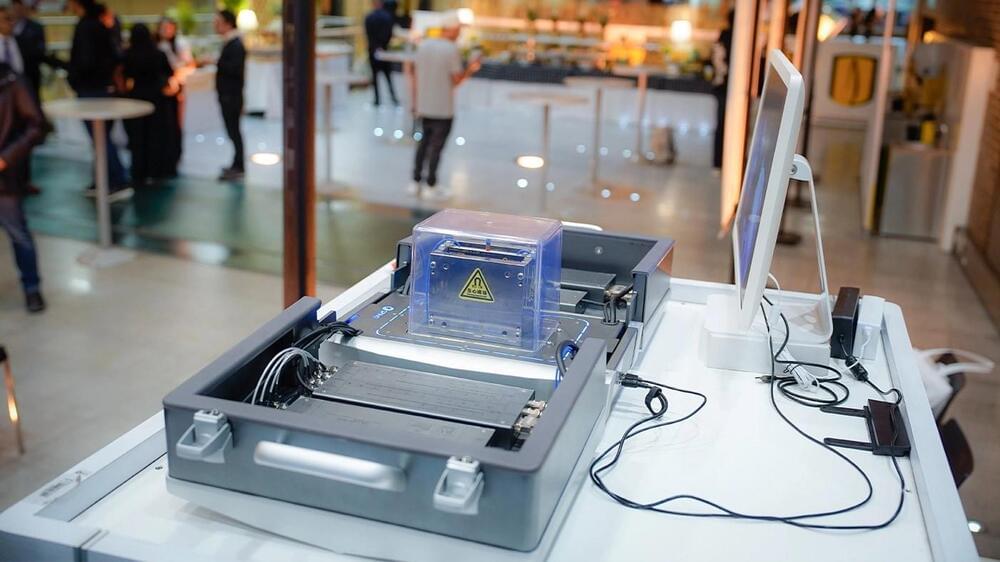
PRESS RELEASE — Thirty years ago, the University of the Andes made the first internet connection in Colombia, and on Tuesday, December 3, the country’s first quantum computer will be unveiled. This acquisition marks a turning point in education and technological research, fostering interdisciplinary collaboration and enhancing ongoing efforts by researchers at the University of the Andes and other institutions.
The University’s Faculties of Science and Engineering announced the arrival of the device, which will enable students and professors to explore fundamental aspects of quantum computing. This emerging technology seeks to solve problems and process information differently by leveraging the laws of quantum physics.
Professor Julián Rincón, a theoretical physicist, explains that this quantum computer employs a technique known as Nuclear Magnetic Resonance and operates at room temperature. This makes it particularly suitable for educational purposes, as it is easy to assemble and provides a straightforward way to test fundamental concepts. “This isn’t just a faster conventional computer; it’s a completely new way of processing information, based on the laws of quantum physics,” he clarifies.
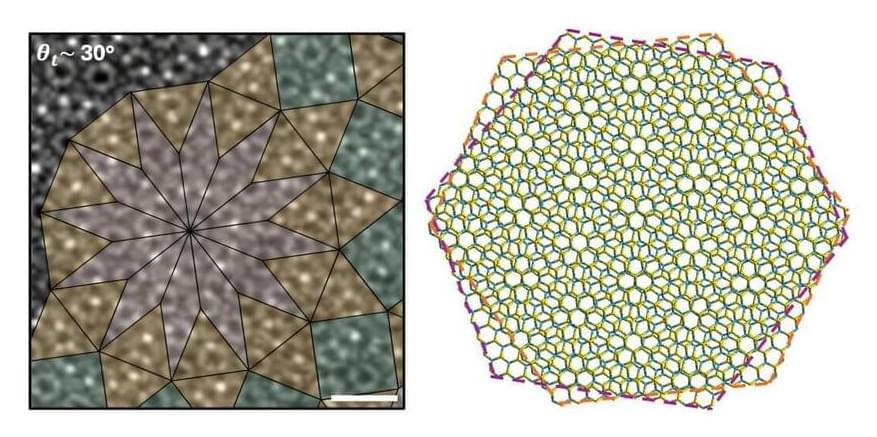
A new vortex electric field with the potential to enhance future electronic, magnetic and optical devices has been observed by researchers from City University of Hong Kong (CityUHK) and local partners.
The research, “Polar and quasicrystal vortex observed in twisted-bilayer molybdenum disulfide” published in Science, is highly valuable as it can upgrade the operation of many devices, including strengthening memory stability and computing speed.
With further research, the discovery of the vortex electric field can also impact the fields of quantum computing, spintronics, and nanotechnology.
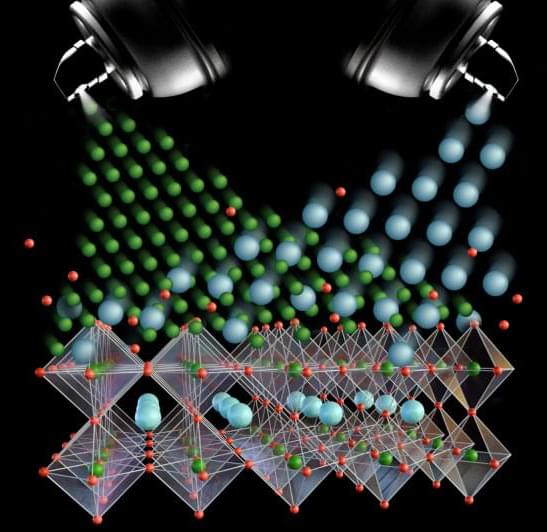
What’s the best way to precisely manipulate a material’s properties to the desired state? It may be straining the material’s atomic arrangement, according to a team led by researchers at Penn State. The team discovered that “atomic spray painting” of potassium niobate, a material used in advanced electronics, could tune the resulting thin films with exquisite control.
The finding, published in Advanced Materials (“Colossal Strain Tuning of Ferroelectric Transitions in KNbO 3 Thin Films”), could drive environmentally friendly advancements in consumer electronics, medical devices and quantum computing, the researchers said.
The process, called strain tuning, alters a material’s properties by stretching or compressing its atomic unit cell, which is the repeating motif of atoms that builds up its crystal structure. The researchers use molecular beam epitaxy (MBE), a technique that involves depositing a layer of atoms on a substrate to form a thin film. In this case, they produced a thin film of strain-tuned potassium niobate.

An experiment more than 10 years in the making has delivered its first glimpse of the hurricane of particles whirring inside subatomic particles called neutrons, laying the groundwork to solve a mystery deep in the heart of matter.
Data from the Central Neutron Detector at the US Department of Energy’s Thomas Jefferson National Accelerator Facility (TJNAF) is already playing a role in describing the quantum map of the neutron’s engine.
“It’s a quite important result for the study of nucleons,” says Silvia Niccolai, a research director at the French National Centre for Scientific Research.
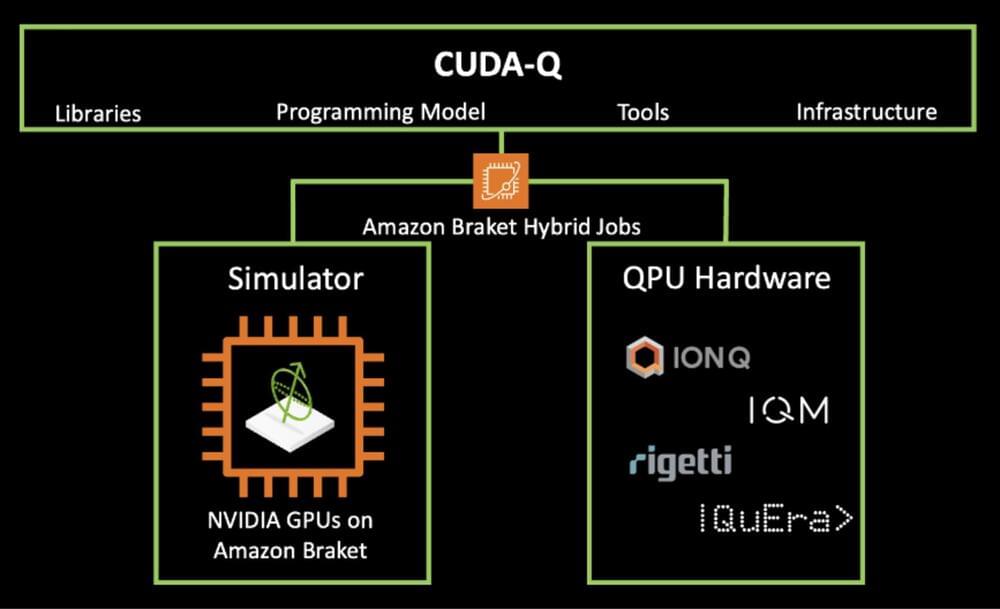
AWS and NVIDIA are teaming up to address one of the biggest challenges in quantum computing: integrating classical computing into the quantum stack, according to an AWS Quantum Technologies blog post. This partnership brings NVIDIA’s open-source CUDA-Q quantum development platform to Amazon Braket, enabling researchers to design, simulate and execute hybrid quantum-classical algorithms more efficiently.
Hybrid computing — where classical and quantum systems work together — is actually a facet of all quantum computing applications. Classical computers handle tasks like algorithm testing and error correction, while quantum computers tackle problems beyond classical reach. As quantum processors improve, the demand for classical computing power grows exponentially, especially for tasks like error mitigation and pre-processing.
The collaboration between AWS and NVIDIA is designed to ease this transition by providing researchers with seamless access to NVIDIA’s CUDA-Q platform directly within Amazon Braket. This integration allows users to test their programs using powerful GPUs, then execute the same programs on quantum hardware without extensive modifications.